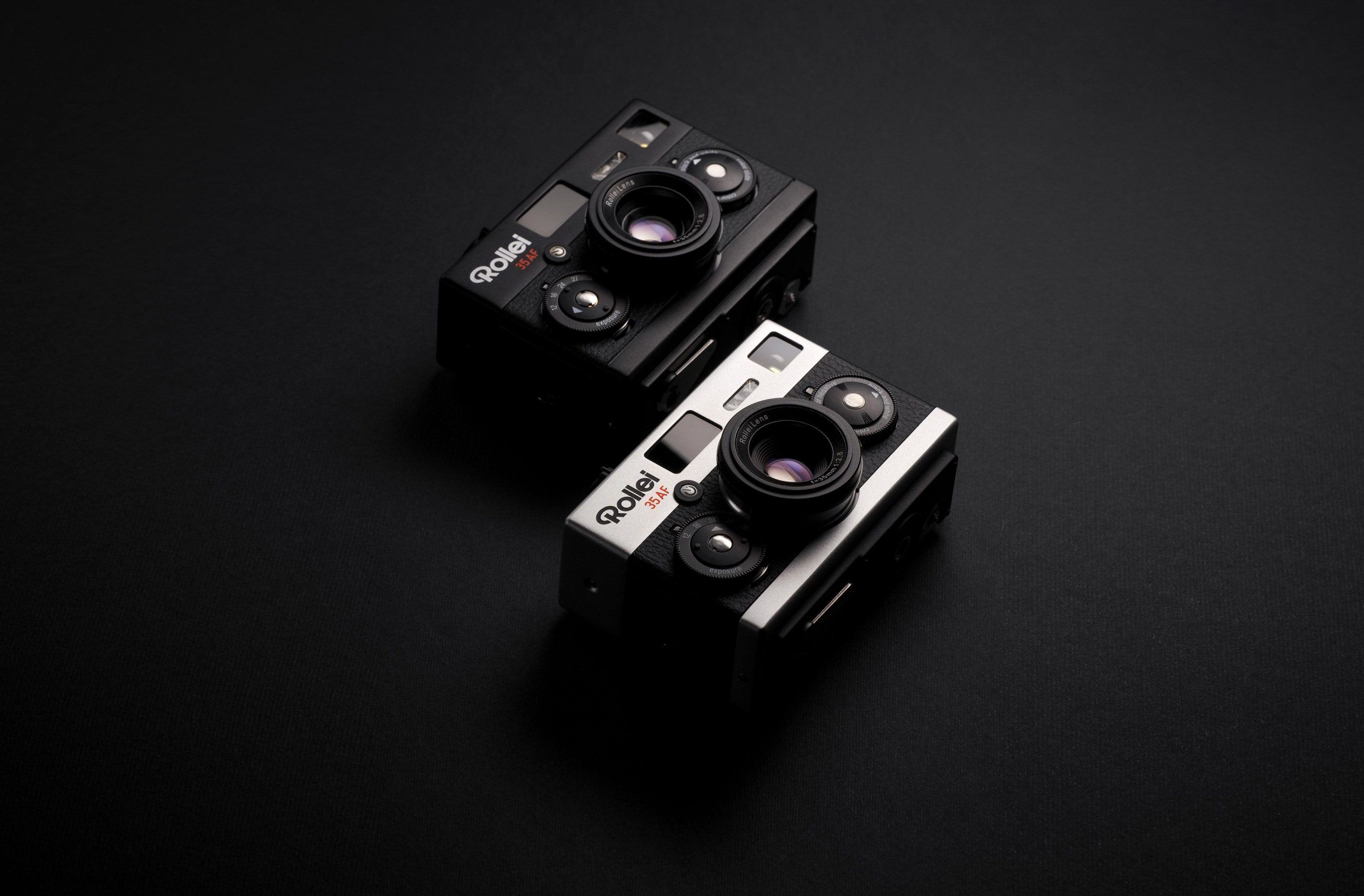Rollei 35AF: A Modern Take on a Classic Camera

Rollei 35AF: A Modern Take on a Classic Camera

The new Rollei 35AF is a modern reinterpretation of the iconic Rollei 35, one of the most popular analogue cameras of the 60s and 70s. This compact camera, which defined an era with its compact design and exceptional optical quality, has been revitalised to offer an analogue photography experience with a few modern conveniences. The Rollei 35AF project was born out of a passion to revive classic cameras, adapting them for a new audience that values both the nostalgia of film photography and some more contemporary functionalities.
Features of the Rollei 35AF
The Rollei 35AF retains the compact and minimalist design of the original but comes with several improvements over the vintage model. Key features include:
- Autofocus (AF) – This is the main difference from the original Rollei 35. The new 35AF is equipped with autofocus, making life easier for both amateur and professional photographers looking for agility without compromising quality.
- Built-in Flash – Unlike the old model, which required an external flash, the 35AF has a built-in flash, increasing its versatility in low-light environments.
- 35mm f/2.8 Lens – The fixed 35mm lens is one of the most appreciated features, ideal for street photography and portraits. This lens is based on the original formulation, offering sharp images with a pleasant depth of field.
- Automatic and Manual Exposure Control – The new Rollei 35AF allows the user to choose between automatic and manual exposure modes, offering greater control for those who wish to adjust settings like aperture and shutter speed.
- High-Quality Build – Like the original, the 35AF is built with quality materials, featuring a robust, yet compact body that ensures durability and resilience.
The Project and Vision
The initiative to revive the Rollei 35 stemmed from the growing demand for analogue cameras in today’s market, where enthusiasts seek a more tactile and nostalgic photographic experience. Inspired by a culture of revivalism, Rollei sought to bring back the famous compact camera, adding features suited to modern photographers. The choice of autofocus, for example, was a decision to make the model accessible to a new generation, who may be more accustomed to the practical use of digital cameras.
Advantages and Disadvantages of the Rollei 35AF
Advantages:
- Easy to Use – Autofocus makes it accessible for photographers of all levels.
- Portability – Its compact design makes it ideal for street photography.
- Classic Aesthetic with Modern Features – The camera keeps the vintage look that appeals to collectors and photographers alike but with practical features.
Disadvantages:
- Battery Dependence – With the new automatic features, the camera now requires batteries, which was unnecessary in the original version.
- Price – As a modern, compact analogue camera, it can be pricier than older models in the second-hand market.
- Limitations on Focus Control – While autofocus is a benefit, some photographers prefer full manual focus control, which this camera does not offer.
Who is the Rollei 35AF for?
The Rollei 35AF is primarily aimed at analogue photography enthusiasts who seek the experience of a classic camera without sacrificing convenience. It is ideal for those who want a compact, easy-to-use camera that they can take along for everyday shooting or travel. It’s an excellent choice for beginners, thanks to the autofocus and automatic exposure mode, and for collectors who appreciate Rollei’s classic design. Professionals seeking a portable camera for street photography will also find this a practical tool, especially for spontaneous shots.
Conclusion
The Rollei 35AF is a homage to analogue photography and an attempt to adapt a classic to the needs of the modern photographer. While it may not appeal to everyone due to the lack of manual focus options, it represents a high-quality alternative for those seeking analogue aesthetics and simplicity.







All images ©Rollei 35AF
The post Rollei 35AF: A Modern Take on a Classic Camera appeared first on GRAIN.


